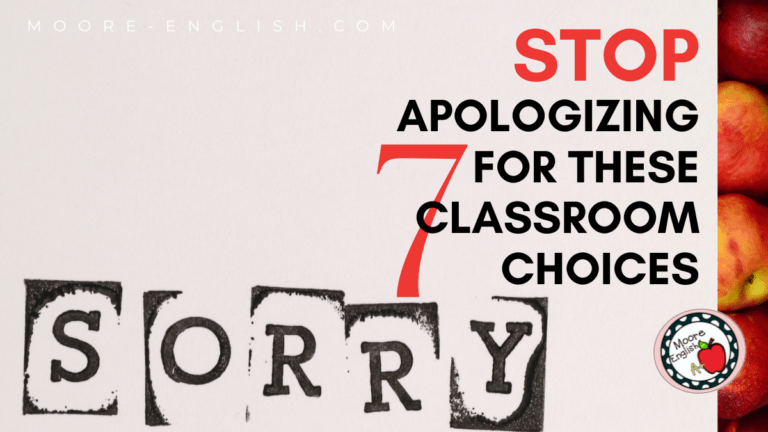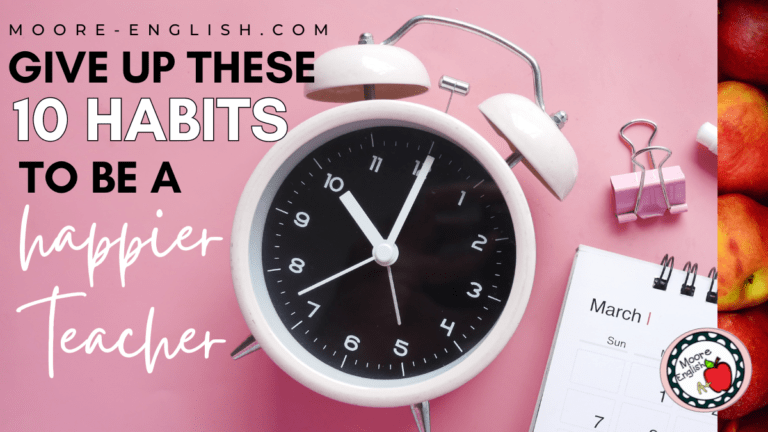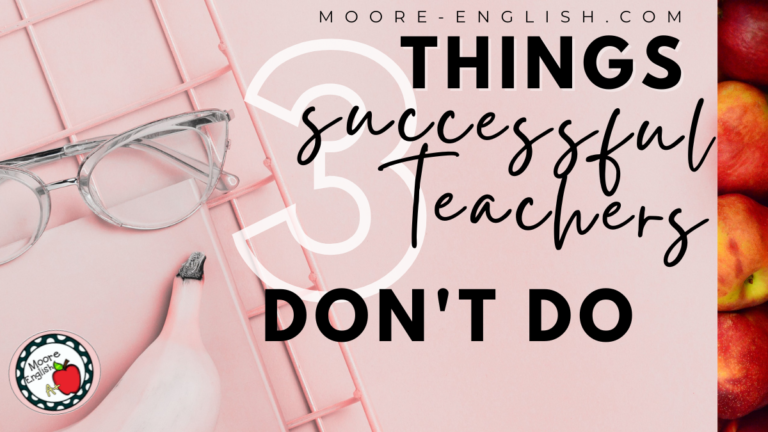Last week, I shared some essential classroom game changers. While I was writing that post, I almost included metacognitive thinking. As I started to write about metacognitive thinking, I realized how many favorite metacognitive strategies I love and wanted to share. Incorporating metacognitive thinking is a powerful way to engage students, build motivation, and teach self-efficacy.
This post this post may contain affiliate links. Please read the Terms of Use.
Metacognitive Thinking and Goal Setting
Goal setting is a constant process in my classroom. Some years I’ve used more regimented and procedural strategies for goal setting. However, other times, like last year, I’ve done ad hoc goal setting. Whether you’re very regular with goal setting or more flexible about how you implement metacognitive thinking, these tricks and tools are perfect for you:
- First, these writing and grammar data sheets have been ideal for years when I have been very regimented with metacognitive thinking. I love giving students the ability to see their growth over the course of a year.
- Similarly, this quick free goal sheet is one my students fill out at the start of the year and then update at midterm and at the end of the semester. In particular, this sheet is perfect for classes where students need to set curricular and behavioral goals.
- Finally, in the last year or so, I have used these bookmarks to help students set yearly reading goals. Even my high school students love to color, so these bookmarks are a perfect way for students to engage creative thinking while also thinking about their future reading.
Metacognition and Curriculum
I am sometimes guilty of focusing metacognitive thinking outside of curriculum. While metacognition and self-efficacy can be parts of classroom management, more importantly, they can be a thriving part of instruction. These two tools are a great way to help students engage in reflective, intentional thoughts about curriculum and instruction.
First, I am an absolute advocate of test revisions. Revising work emphasizes the recursive nature of learning while taking some stress out of testing. Honestly, my students are more grade-motivated than I am, so I am almost always open to revisions. To facilitate revisions, I use this free test correction form.
- To comply with department and building policies, my students can revise formative work anytime within a unit provided they come see me before/after school, virtually or in person. This prevents students from making meaningless revisions.
- Similarly, summative work can be revised if students do not have any missing formative work because there’s no point in revising a summative if a student is going to repeat mistakes.
- I also do not let students simply retake a test (unless there are extraordinary circumstances). This prevents students from simply memorizing correct answers. Instead, students have to explain their original thinking and then why the correct answer is better.
- For writing, students listen to my feedback and then make targeted revisions, labeling them with the specific reasons they are making changes.
- In my dream world, revisions would be open all the time. However, to keep everyone focused and to limit end-of-semester point grabs, all summative revisions must occur in a ten-day window. For similar reasons, semester finals are not open for revision.
Secondly, I encourage students to reflect at the end of a unit. While metacognitive thinking asks students to consider how they think, I also ask them to provide feedback on the unit as a whole. This kind of reflection empowers students to make suggestions based on their needs and interests. To make it easy for me to save and filter student feedback, I use this editable, free feedback Google Form.
Seasonal Metacognitive Tools
The beginning and end of a semester or year are natural times to engage in metacognitive thinking. Because these are special times of the year, they are the perfect time to promote careful, intentional thought. Plus, these can be times to engage student creativity and build classroom community. These are two of my favorite tools for seasonal metacognitive thinking.
At the beginning of the year or semester, students can make classroom bucket lists. Oftentimes, I make this one of my back-to-school stations. Read more about how I facilitate classroom bucket lists.
In January, I establish a personal word of the year. (You can see my choices for the last several years: 2023, 2022, 2021, 2020, 2019.) Asking students to set a word of the year can be the perfect activity coming back from winter break. This year students chose and designed their words, shared them with classmates, and hung them on the classroom door. Read more about this process.
How do you incorporate metacognition in your classroom?













